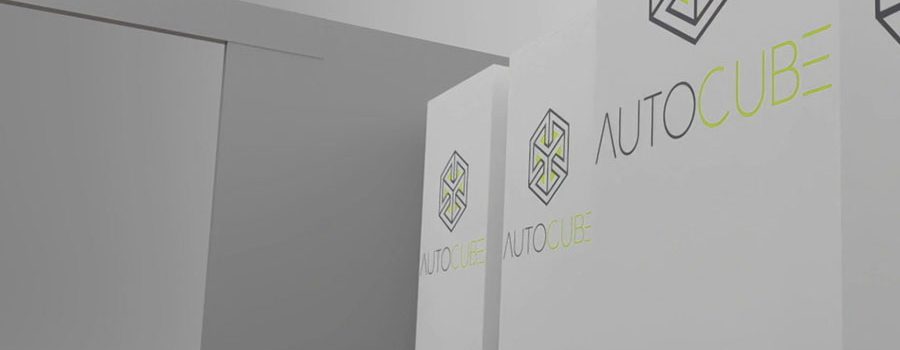
The growing interest in automated storage has accelerated rapidly over the last 12 months. However, too many companies have either quickly dismissed or not even considered the concept, believing the myth that Automated Racking is Too Expensive.
At Thistle Systems, we have been developing a range of semi-automated and automated storage solutions for the last ten years. We have established extensive experience and expertise in various sectors during that time, from food and drink to pharmaceuticals.
And one common thing is that when we start working with a company to explore how automated storage solutions could improve their business, we can quickly dispel the myth that it’s too expensive.
Firstly, let me be clear. Automated Racking is not for everyone and will not suit every application.
But when it does, the initial investment often pales into insignificance when the direct and indirect costs of the current operation, together with the new approach’s long-term benefits, are identified.
The big mistake that companies make when assessing the cost of an Automated Storage solution is comparing it on a like for like basis with a traditional manual racking system.
To assess whether an Automated Storage Solution is “too expensive,” you must compare the resources and costs required to achieve the SAME level of performance as an automated storage system.
That requires understanding ALL of the costs which the solution will affect. We have published a whitepaper which examines this in detail.
This is often very difficult to see and appreciate when the benefits are not fully understood or appreciated.
One of the most significant cost savings delivered by automated racking systems is the labour costs directly attributed to the manual operations of storing and retrieving goods from the system.
Automated storage systems often require a fraction of the labour to carry out operations, allowing them to be re-deployed to other, often more productive areas of the business.
So, if the system requires four people instead of ten people to carry out operations, the annual savings on labour costs can be seen as six times the average salary costs.
But that doesn’t take into consideration the significant indirect costs of absenteeism, training, supervision/management and unproductiveness (automated robots don’t stop for a tea break or lunch and work through the night if required)
However, the key to understanding the Return on Investment, which will be delivered by an automated storage solution is to include the financial implications of the additional benefits the system will provide.
For example, suppose the automated system also increases throughput by 50% with only four people. In that case, the annual savings should be calculated on the firm requiring to employ an additional five members of staff to deliver a similar output.
So, instead of saving six times the average salary costs, it actually equates to a saving of 11 times the average salary costs – plus the associated indirect costs.
The same applies to other cost savings delivered by automated storage solutions, such as:
- Costs of forklift hire and servicing
- Floor space (how much does a square metre of space cost your business annually?)
- Energy Costs (Automation operates with minimum lighting or even dark warehouses)
- Safety Costs
- Costs of manual handling errors (wrong deliveries, sock errors, damage to stock etc)
If the automated solution delivers improved performance, you must and should account for this when calculating the ROI.
So before you decide that Automated Racking is Too Expensive, we would ask you to really understand the full benefits it will deliver and then look at the direct and indirect costs that will be affected.
To find out more and to discuss your project, contact Thistle Systems’ dedicated Automated Storage team now on 01236 453888.

